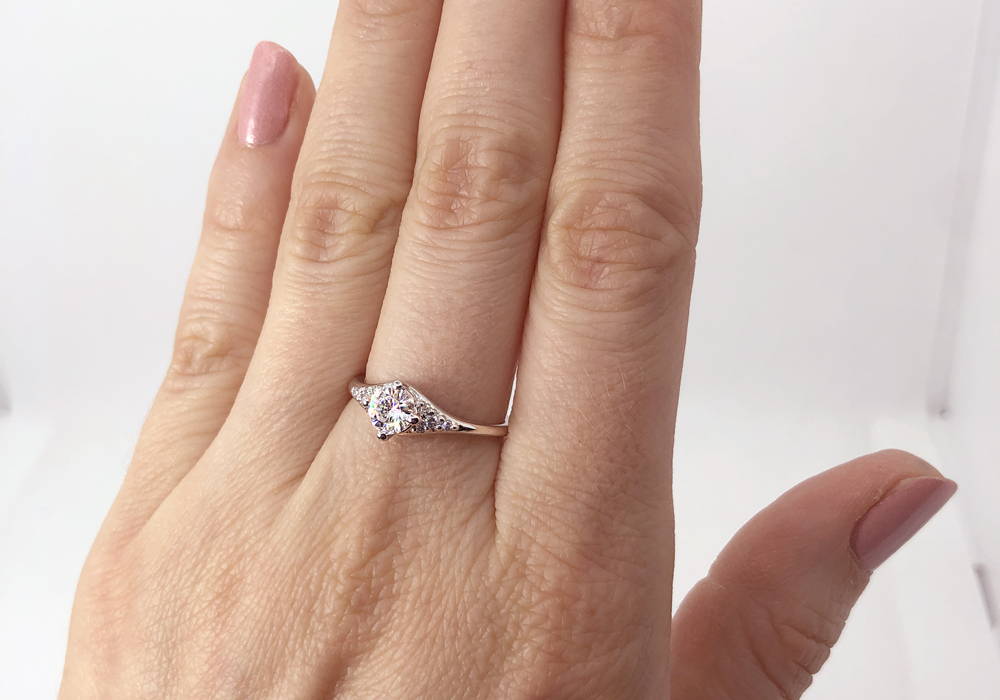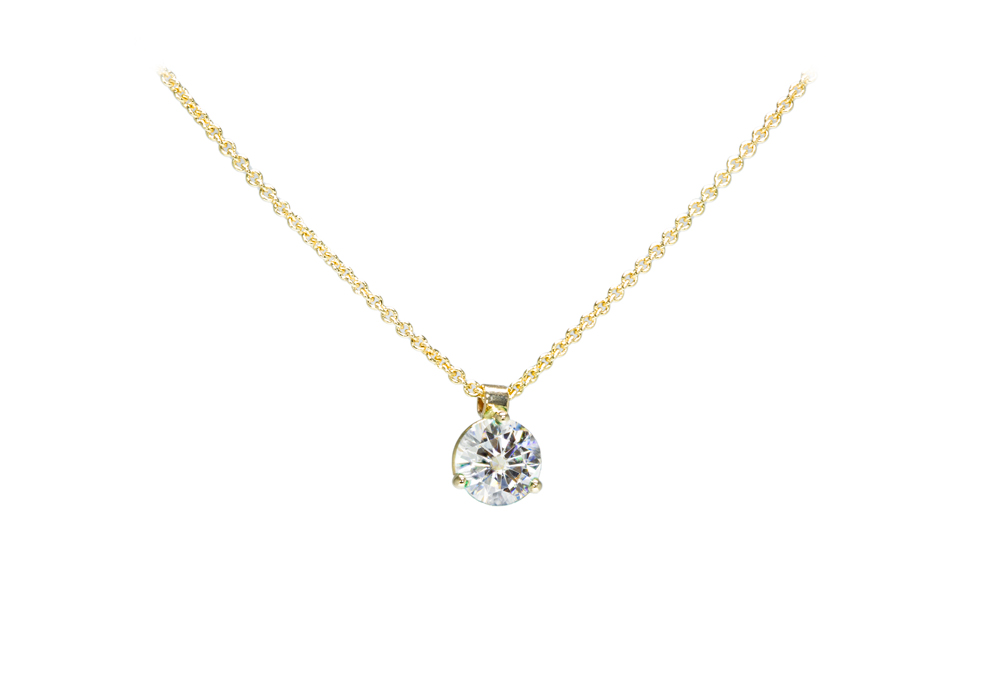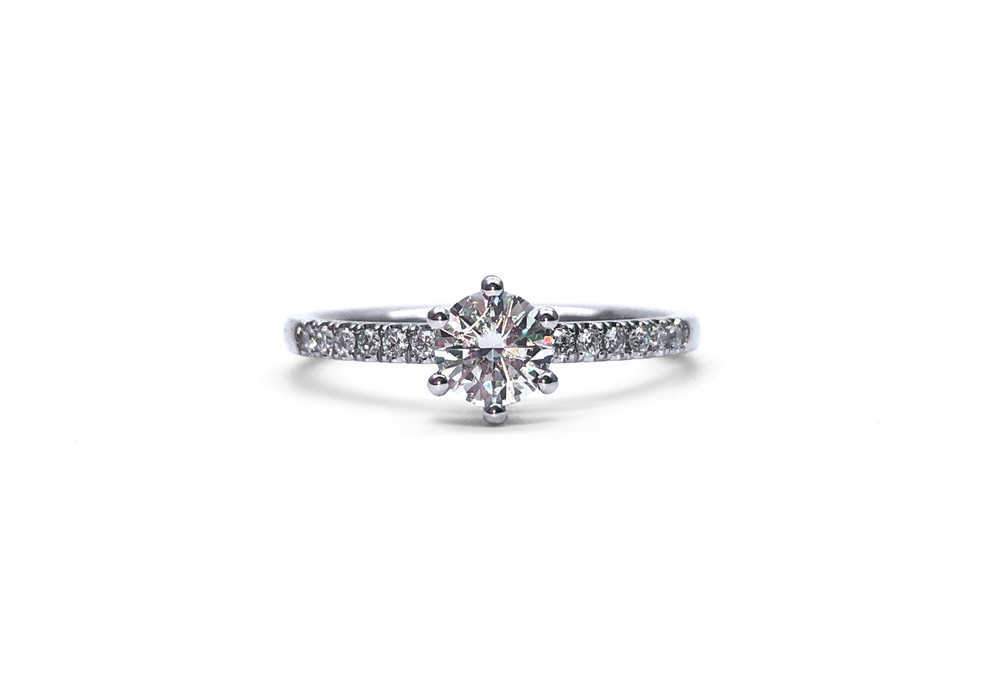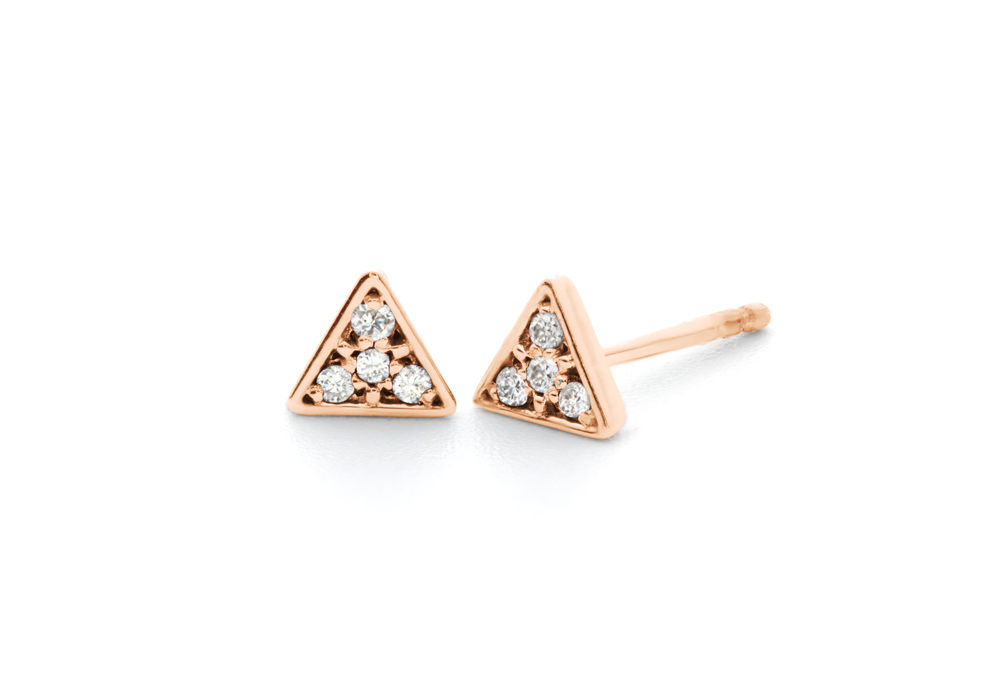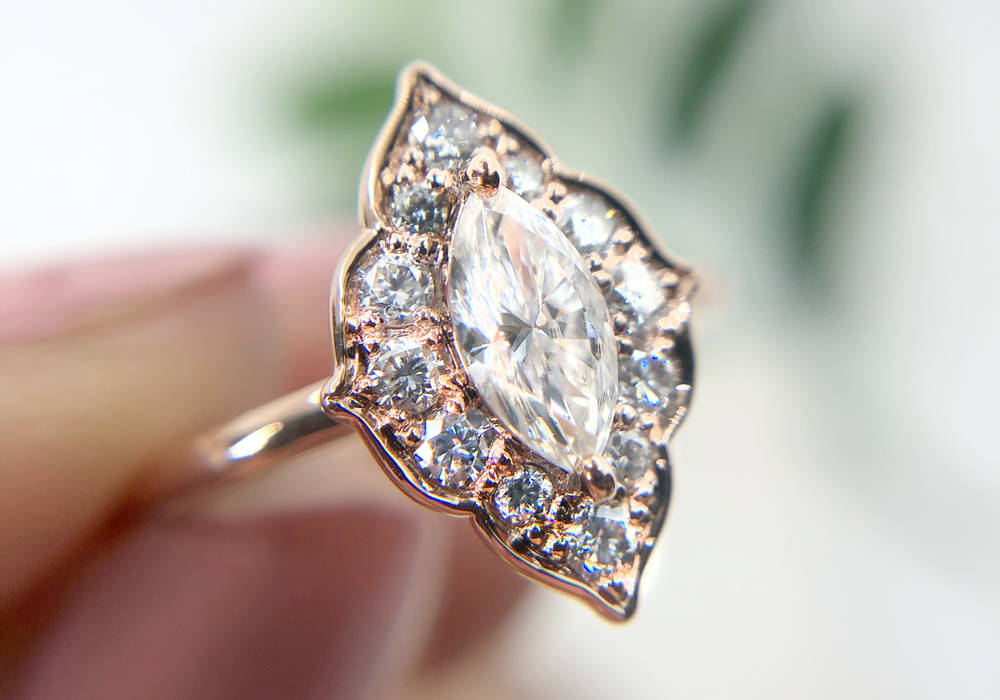
Is the lab-designed diamond a real diamond?
A diamond is a diamond. There are no real or fake diamonds. The so-called “synthetic” laboratory-designed diamond has the same properties as the natural diamond. Both are a crystalline form of carbon. The first was born above ground while the other, in the heart of the earth, but they both meet the 4 criteria for evaluating a diamond .
The 4 criteria for evaluating a diamond
- It must be as clear as possible.
- It must have a high carat.
- It should be as white as possible.
- It must have a good size quality to best reflect the light.
Diamond is the hardest known material, scoring 10/10 on the Mohs scale. It is not very compressible, it is chemically inert, it resists corrosion and it is beautiful. Especially when it is pure. This is why the diamond is the darling of jewelry.
The creation of the laboratory diamond
Although several chemists had been working there for almost a century, the artificial creation of the first stone is attributed to Tracy Hall, an American physical chemist. While working for General Electrics, he invented a machine that artificially reproduced the conditions in which diamonds were born. A little graphite, a burst of heat, enormous pressure and the stones are there. If the first stones were mainly used in the industrial and high-tech sectors, the synthetic diamond has since been refined and gradually introduced itself into the field of jewelry. Today, there are two techniques for creating these synthetic diamonds: the so-called HPHT method for High Pressure High Temperature and the DCV technique for Chemical Vapor Deposition .
How much is a synthetic diamond worth?
The value of a lab-created diamond varies. It is approximately 30% to 50% less expensive than natural diamonds.
The laboratory-grown diamond, a fashionable stone.
Its detractors will tell you that a stone created in a laboratory in a few days is not as exceptional as a stone forged by nature over thousands of years. However, it is literally impossible to see the difference with the naked eye, even with traditional gemological devices. We can say that synthetic diamonds are on the rise these days. Several major brands are seeking to reach a younger audience who are aware of the environmental damage caused by the extraction of precious stones. These customers want to consume products of which they know the traceability, the production methods and the impact they have on the environment, whether in the food, clothing and luxury product sectors. Even the European and Chinese markets, usually more conservative, are increasingly interested in synthetic diamonds.
It's a question of choice.
At Flamme en rose, we make our jewelry with both natural Canadian diamonds and synthetic diamonds . We also offer moissanite from Charles & Colvard , a stone almost ten times cheaper than diamonds and which is comparable to the naked eye. Above all, we choose ethical stones and manufacture our jewelry in an eco-responsible way. Are you ready to make your choice?
Get an online consultation with one of our jewelers today.

